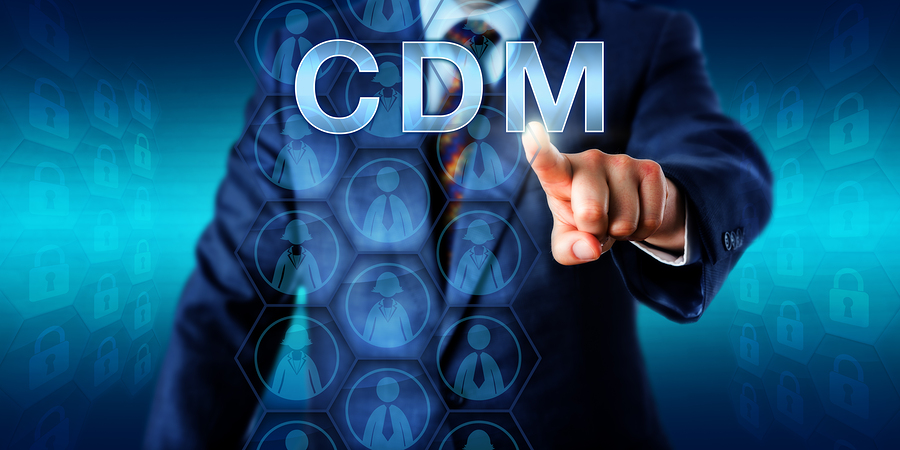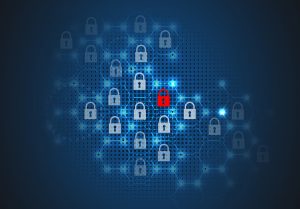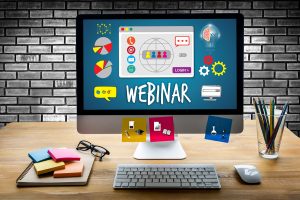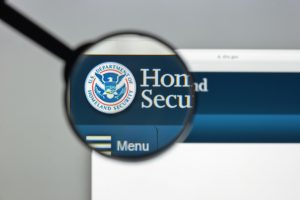
The Continuous Diagnostics and Mitigation (CDM) program, led by the Department of Homeland Security, was designed to fortify the cybersecurity of government networks and systems with capabilities and tools that identify risks on an ongoing basis, prioritize these risks based on potential impacts, and enable personnel to mitigate the most significant problems first. The program was rolled out in phases with phases one and two pretty much complete across government.
Now that agencies know what and who is on their network, they need to move onto phase three - what is happening on the network. This involves installing and managing the network and perimeter security measures. Given that the perimeter now includes mobile devices, securing those devices and the way they access the network is critical to meeting CDM goals. Currently,agencies are mapping out mobile connections at the agency level, and the networks with which agencies are regularly interacting.


 The Federal Risk and Automation Management Program, commonly known as FedRAMP, was introduced in 2010 and signed into policy at the end of
The Federal Risk and Automation Management Program, commonly known as FedRAMP, was introduced in 2010 and signed into policy at the end of 
 The Department of Homeland Security (DHS) may be the newest cabinet-level department, but it is still facing the same modernization challenges felt across government. The agencies pulled under the DHS umbrella in 2002 came with legacy systems. While a good deal of integration and modernization happened while DHS was being formed, systems have to keep evolving to keep up with the ever-changing threat landscape and the technologies used to threaten the homeland.
The Department of Homeland Security (DHS) may be the newest cabinet-level department, but it is still facing the same modernization challenges felt across government. The agencies pulled under the DHS umbrella in 2002 came with legacy systems. While a good deal of integration and modernization happened while DHS was being formed, systems have to keep evolving to keep up with the ever-changing threat landscape and the technologies used to threaten the homeland.

